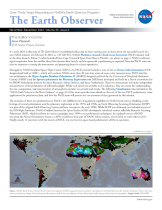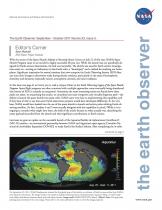- Home
- Missions
- Data
- Communications
- People
- The Earth Observer Newsletter
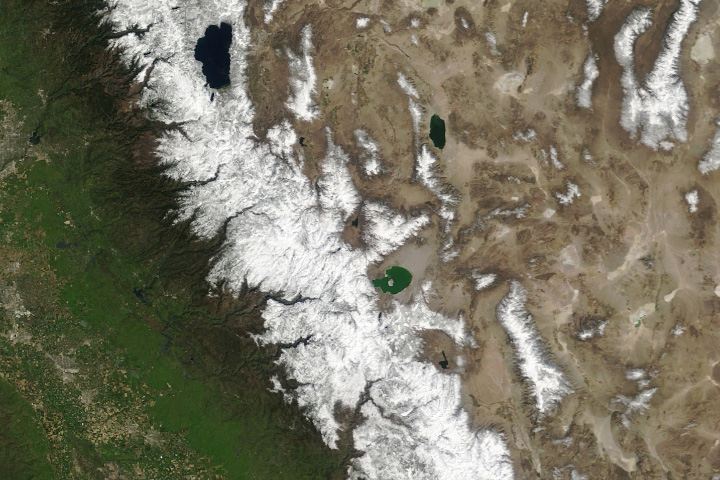
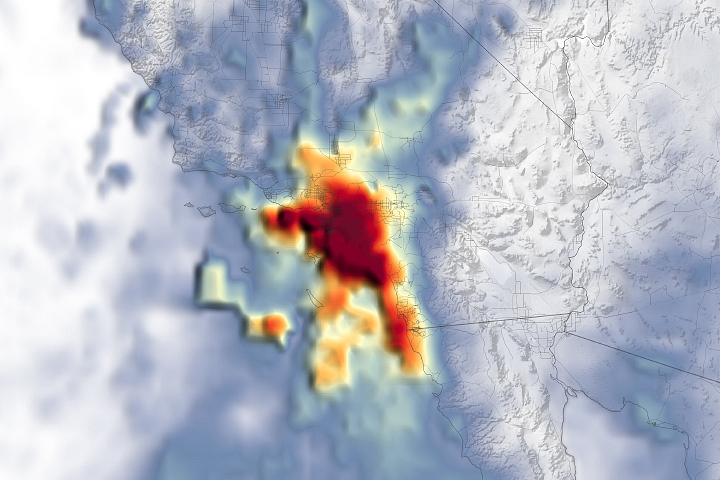
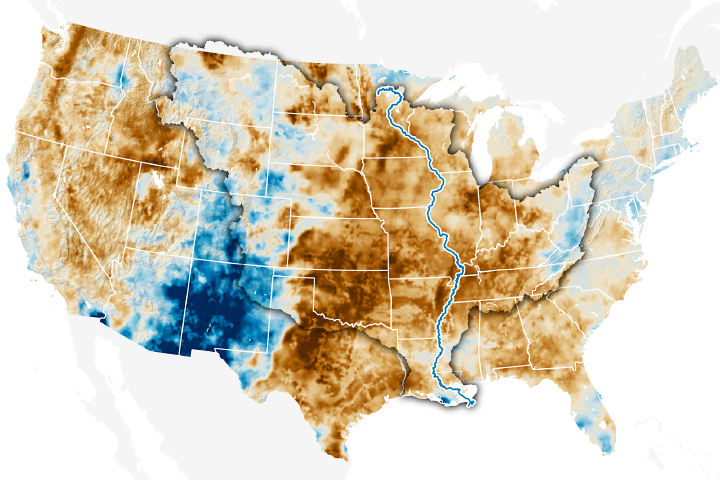
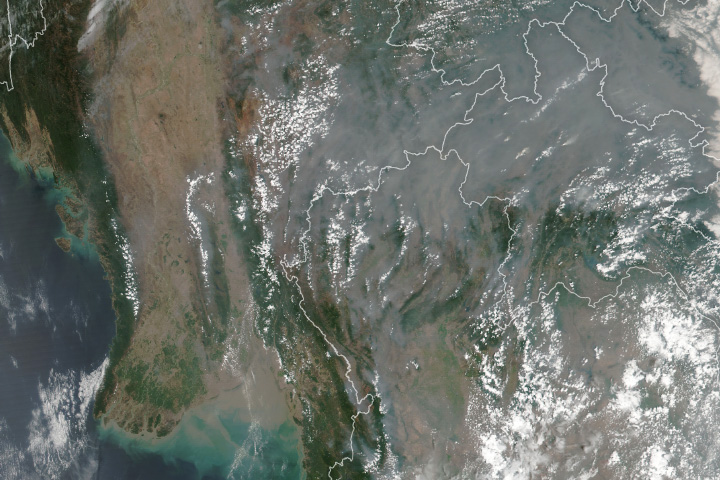
Recent Imagery
You will be directed to the NASA Visible Earth webpage when you select Images by Mission below, or click on the images at right that are randomly generated to represent four out of all possible topics.
The Earth Observer: Sep - Oct, 2011
In This Issue
Click title below to view page
- Editor’s Corner Front Cover
- Feature Articles
- The Earth Observing Legacy of NASA's Space Shuttle Program 4
- The Jet Propulsion Laboratory's DEVELOP Team Applies Earth Observations to Address Environmental ISsue in the Gulf of Mexico and Louisiana Coastal Wetlands 18
- Meeting/Workshop Summaries
- Summary of the 39th Advanced Spaceborne Thermal Emission and Reflection Radiometer (ASTER) Science Team Meeting 26
- Advanced Microwave Scanning Radiometer for EOS (AMSR-E) Science Team Meeting 28
- ESIP Federation Confronts Data Quality During Summer Meeting 31
- 2011 CLARREO Science Definition Team (SDT) Meeting 33
- In The News
- NASA's DC-8 Flying Lab Validates Laser Instruments 38
- Landsat 5 Satellite Sees Irene-generated Sediment in New York Harbor 39
- Regular Features
- NASA Earth Science in the News 40
- NASA Science Mission Directorate – Science Education and Public Outreach Update 42
- Science Calendars 43
Editor's Corner
Steve Platnick, EOS Senior Project Scientist
With the return of the Space Shuttle Atlantis to Kennedy Space Center on July 21 of this year, NASA’s Space Shuttle Program came to an end after a highly successful 30-year run. While the shuttle was not specifically designed for Earth science observations, the link was inevitable. The shuttle was used for Earth science investigations early on—serving as a laboratory in low Earth orbit, a “launchpad,” and a testbed for studying our home planet. Significant inspiration for several missions that now comprise the Earth Observing System (EOS) fleet can trace their lineage to discoveries made during shuttle missions, particularly in...
Read more...
